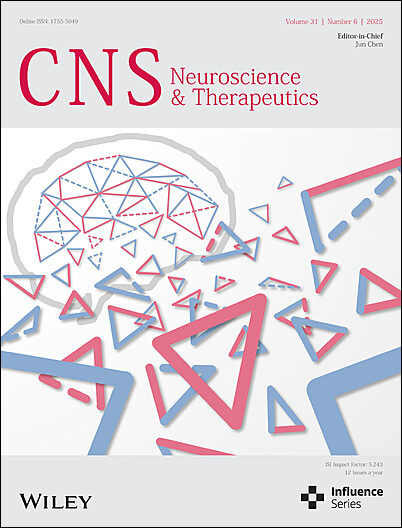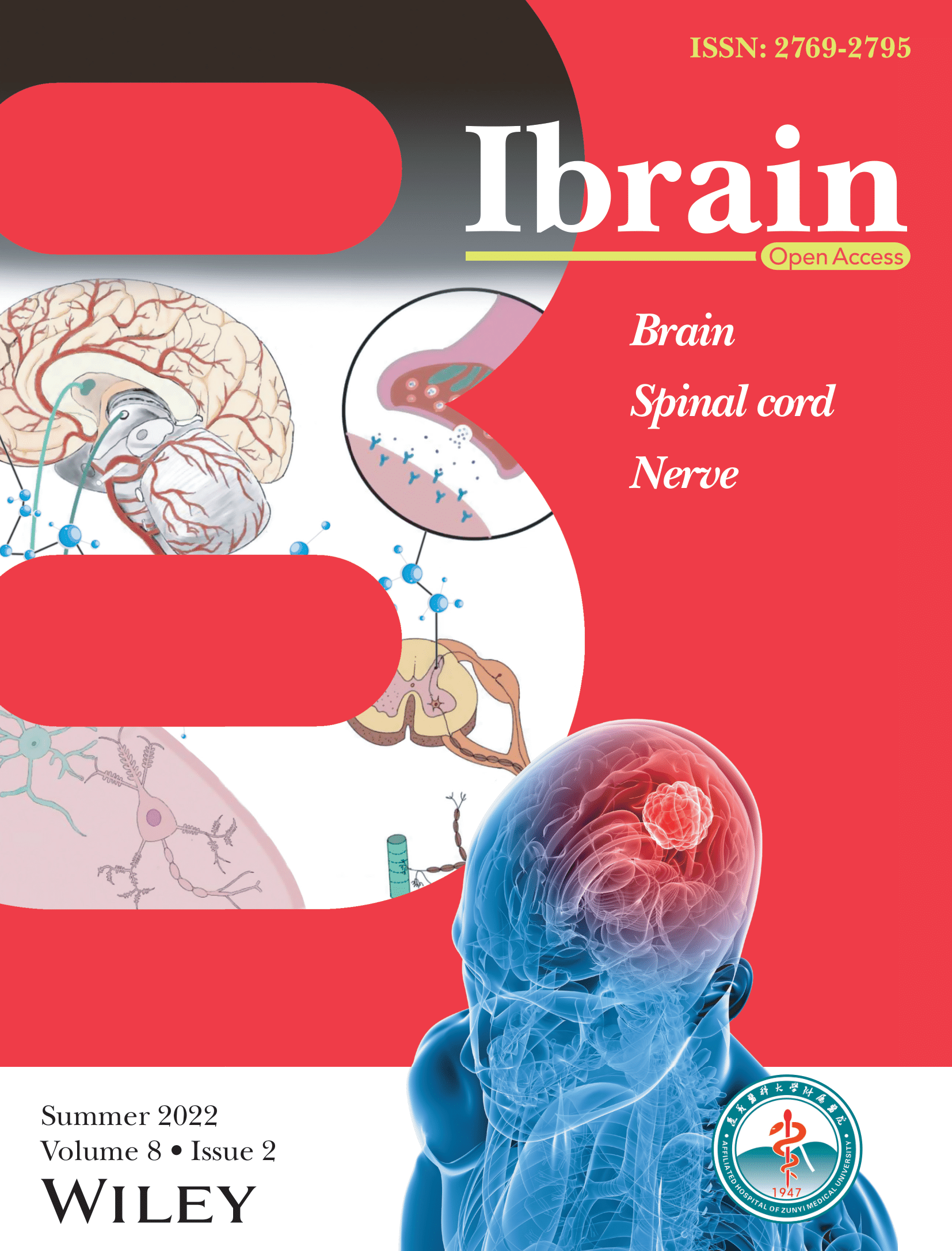Journal list menu
Export Citations
Download PDFs
Table of Contents
Recent advances in the pathogenesis, diagnosis, and treatment of sepsis-associated encephalopathy
- First Published: 30 June 2024
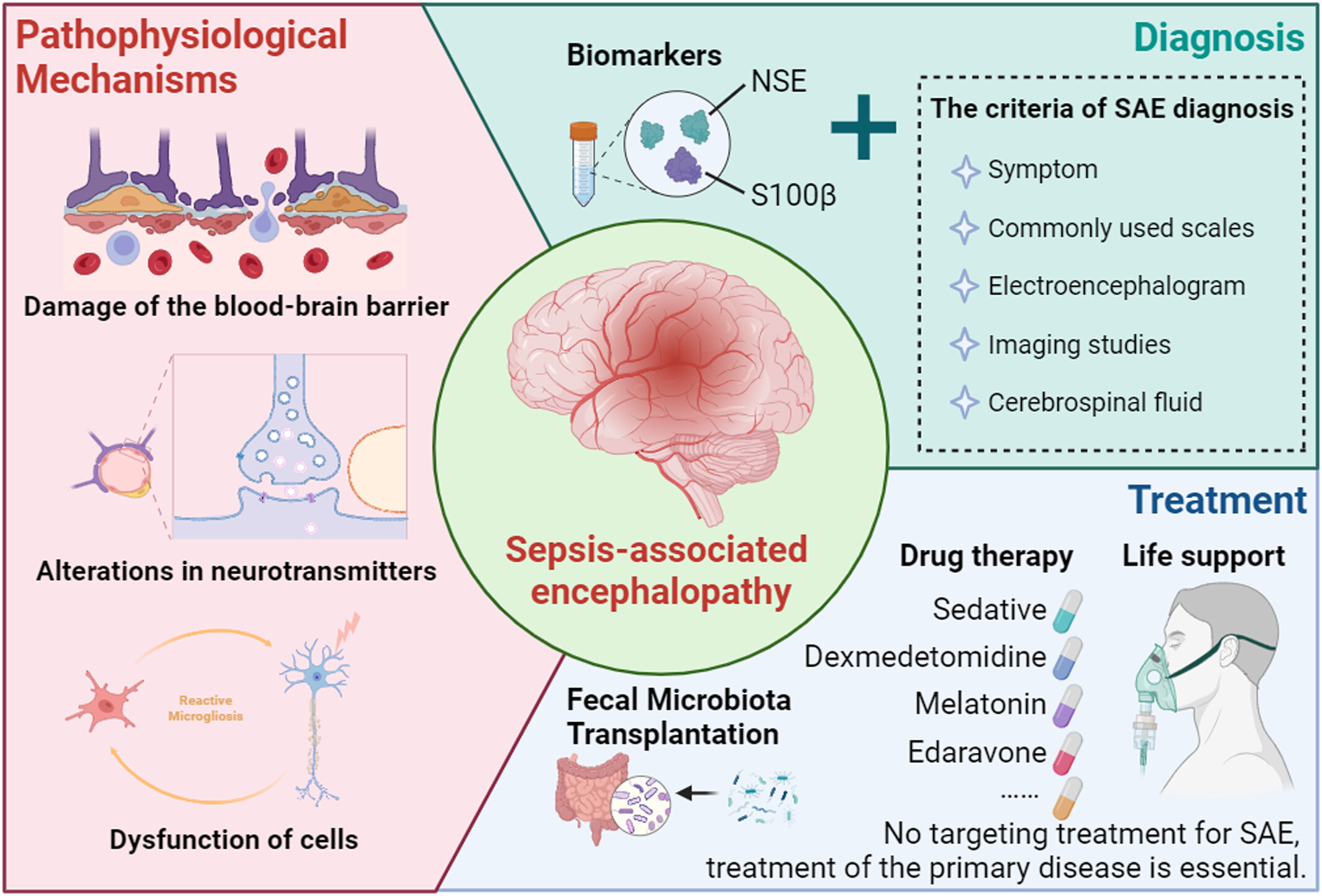
Sepsis-associated encephalopathy (SAE), one of the most severe complications of sepsis, presents with diverse clinical symptoms and involves complex pathophysiological mechanisms, making its early diagnosis and targeted treatment challenging. Its pathogenesis primarily arises from inflammation-induced disruption of the blood-brain barrier, aberrant activation and dysfunction of cells, and disturbances in neurotransmitter transmission. Leveraging these pathological insights, integrating biomarkers with existing diagnostic modalities, and targeting core mechanisms hold promise for achieving precise diagnosis and treatment of SAE.
Comprehensive review of Transformer-based models in neuroscience, neurology, and psychiatry
- First Published: 26 April 2024
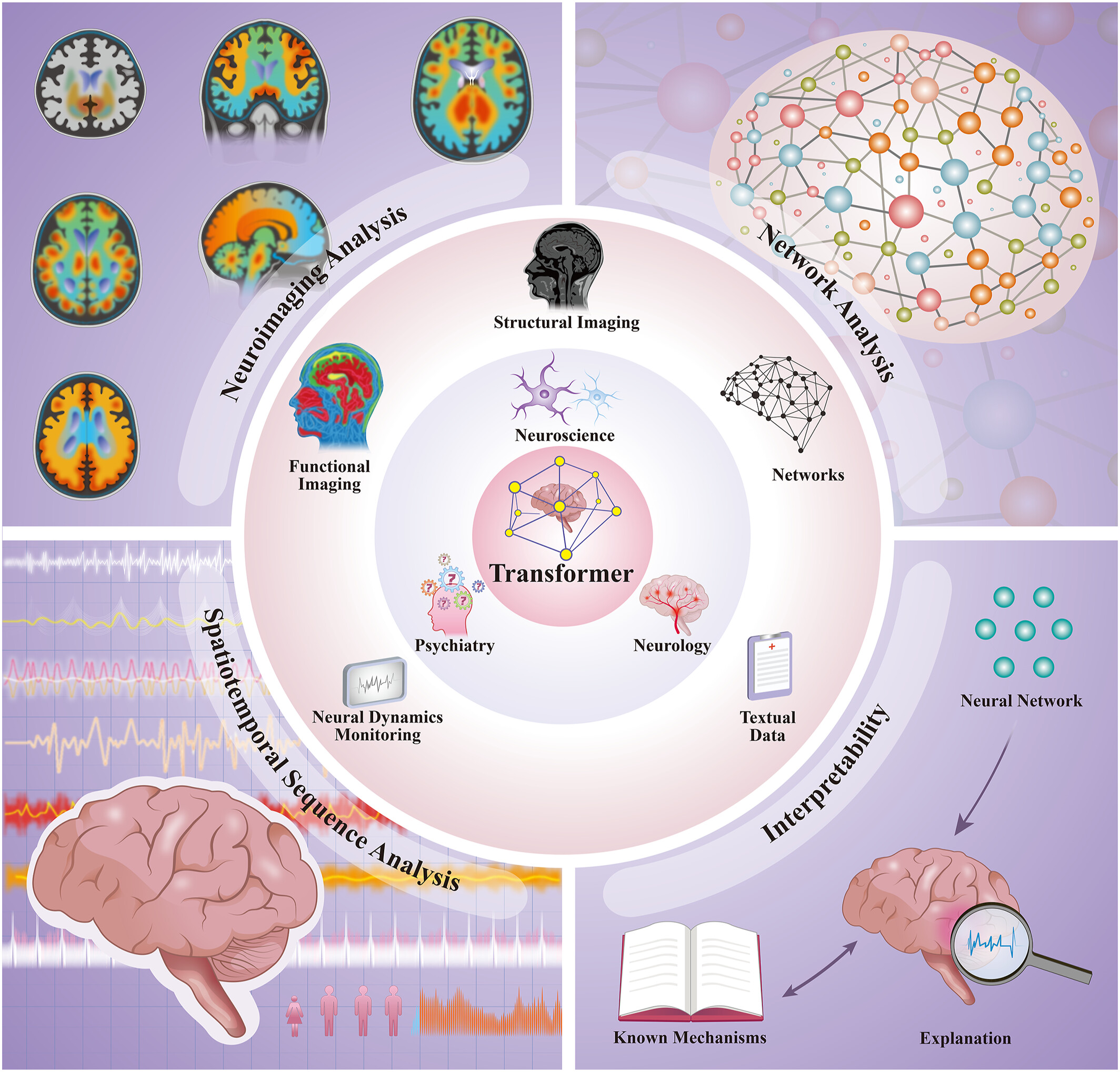
This comprehensive review introduces the transformative role of transformer-based models in neuroscience, neurology, and psychiatry. It discusses how these models, originally designed for sequential data analysis, have evolved to effectively analyze complex biomedical data, significantly enhancing our understanding of brain functions and dysfunctions.
An easy-to-follow handbook for electroencephalogram data analysis with Python
- First Published: 30 June 2024
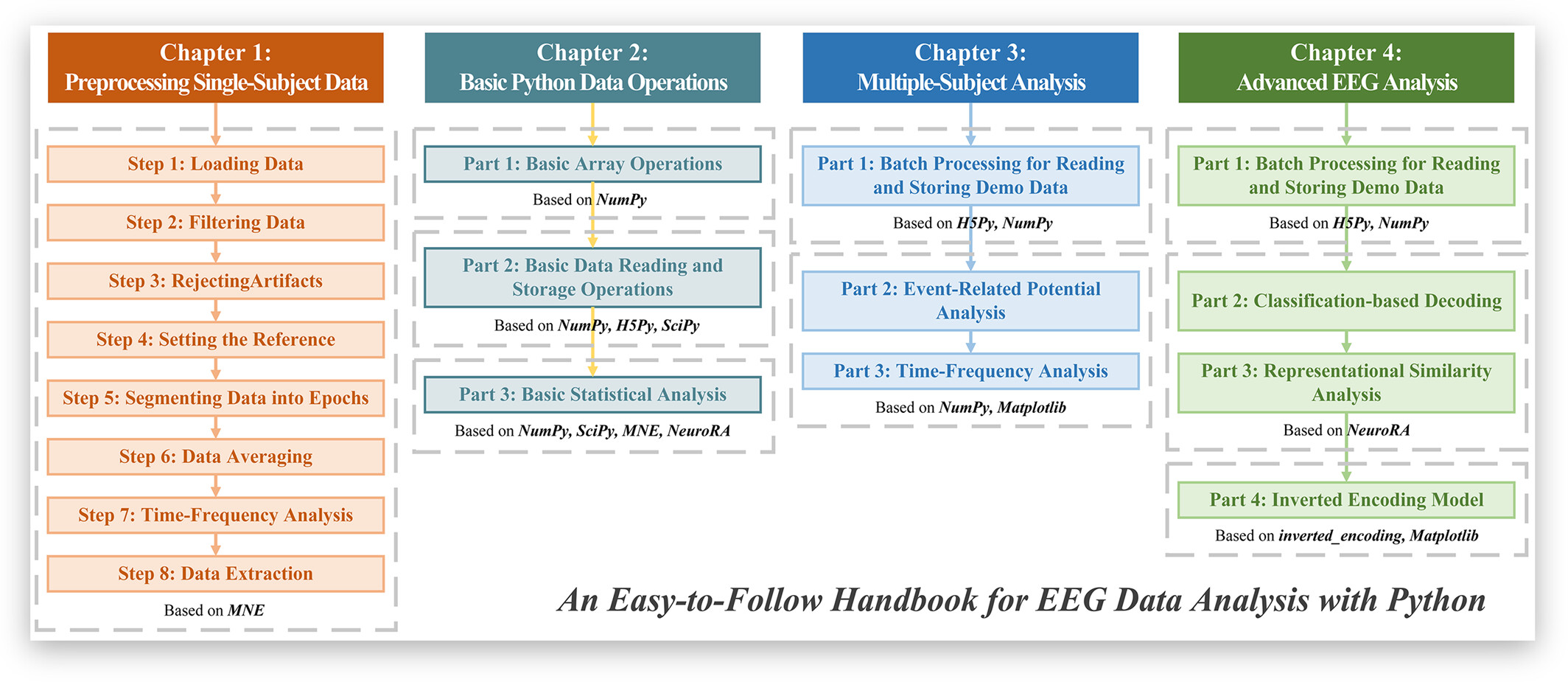
This handbook comprises four chapters: Preprocessing Single-Subject Data, Basic Python Data Operations, Multiple-Subject Analysis, and Advanced EEG Analysis. We provide a standardized procedure for preprocessing EEG data, guide readers through detailed examples on how to read data from multiple subjects, and delve into three popular analysis methodologies.
High-density implantable neural electrodes and chips for massive neural recordings
- First Published: 20 June 2024
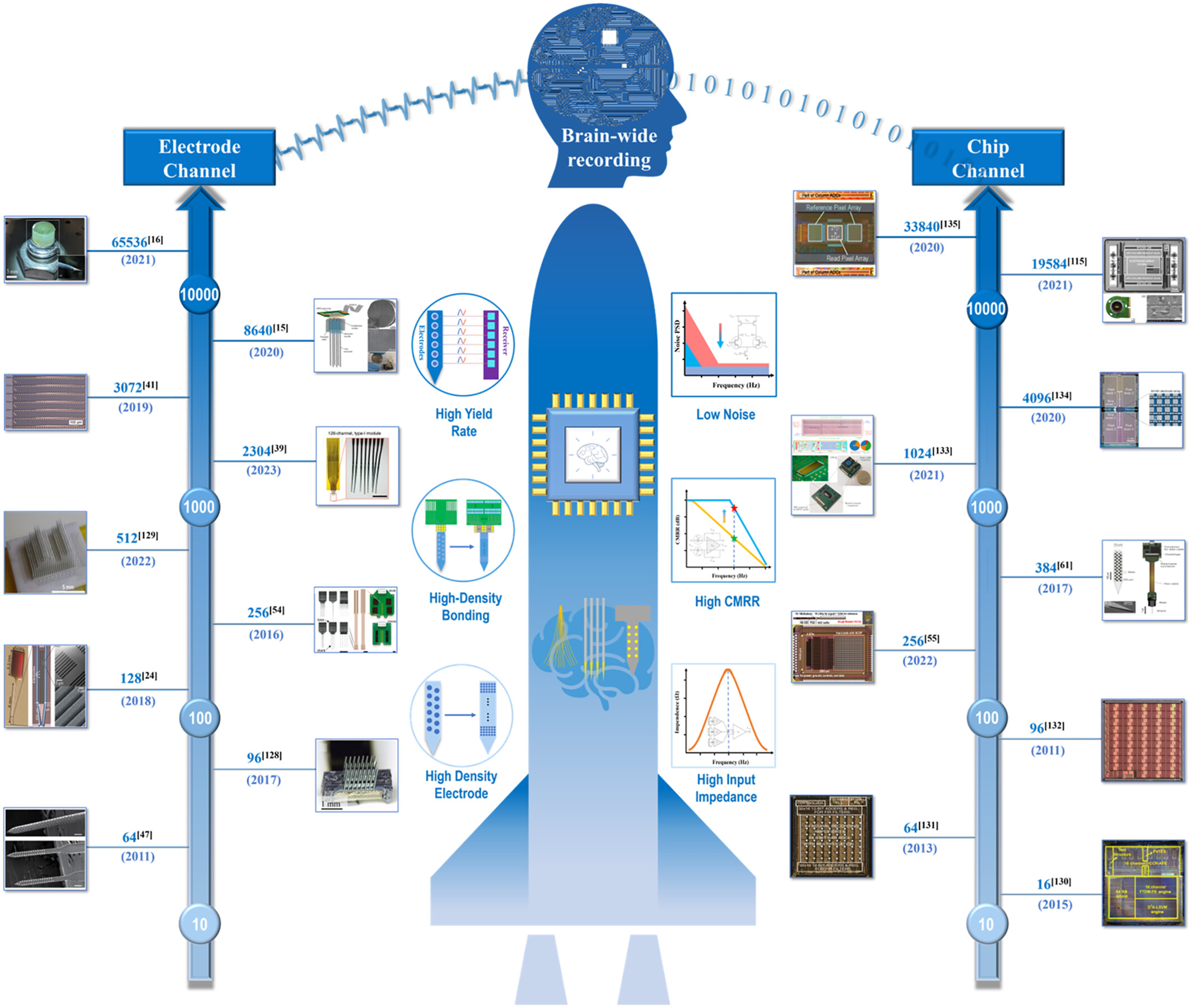
High-density neural recordings with superior spatiotemporal resolution are powerful in unveiling cellular-scale neural communication for cutting-edge neuroscience discoveries and applications. The number of channels in both electrodes and chips has grown from a few to thousands or even tens of thousands in recent decades. By bridging the breakthroughs between electrodes and chips, more evolutionary tools for brain-wide recordings will be boosted at a fast pace.
COVID-19 and cognitive impairment: From evidence to SARS-CoV-2 mechanism
- First Published: 16 April 2024
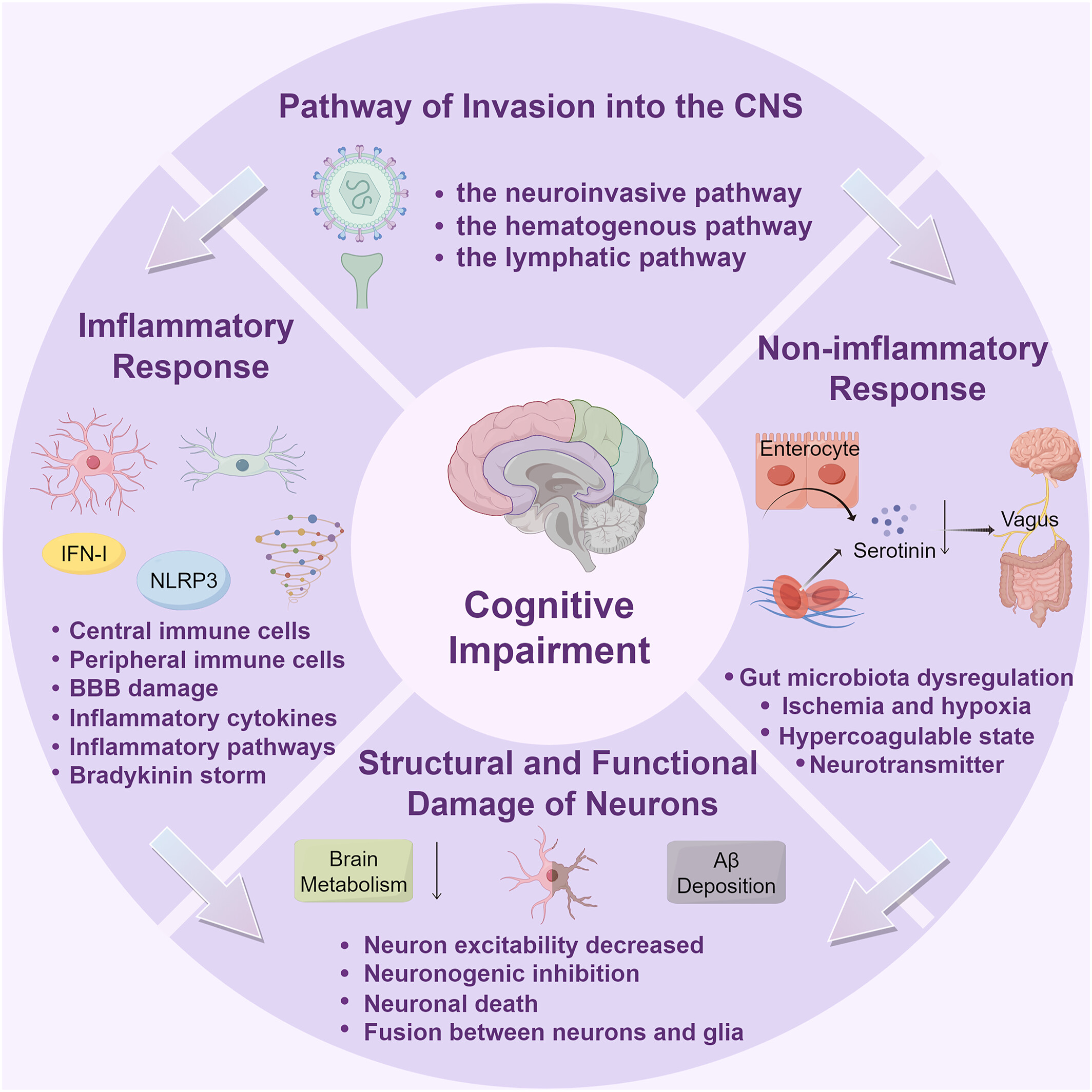
The impact of SARS-CoV-2 extends beyond respiratory effects. It may invade the brain through diverse pathways, affecting cognitive functions via both immune and nonimmune mechanisms. Its infection initiates a cascade of effects disrupting the intricate inflammatory network in the central nervous system, exacerbating disease progression.
Music therapy for depression: A narrative review
- First Published: 17 August 2024

This review summarizes and classifies the research in recent years and introduces the pathogenesis, diagnosis, and treatment methods of depression. The study of the principles of musical interventions for depression and the practice of musical interventions for depression with various etiologies are highlighted. It is hoped to introduce the progress of depression research and the prospect of music therapy.
Why we need neurodiversity in brain and behavioral sciences
- First Published: 25 June 2024
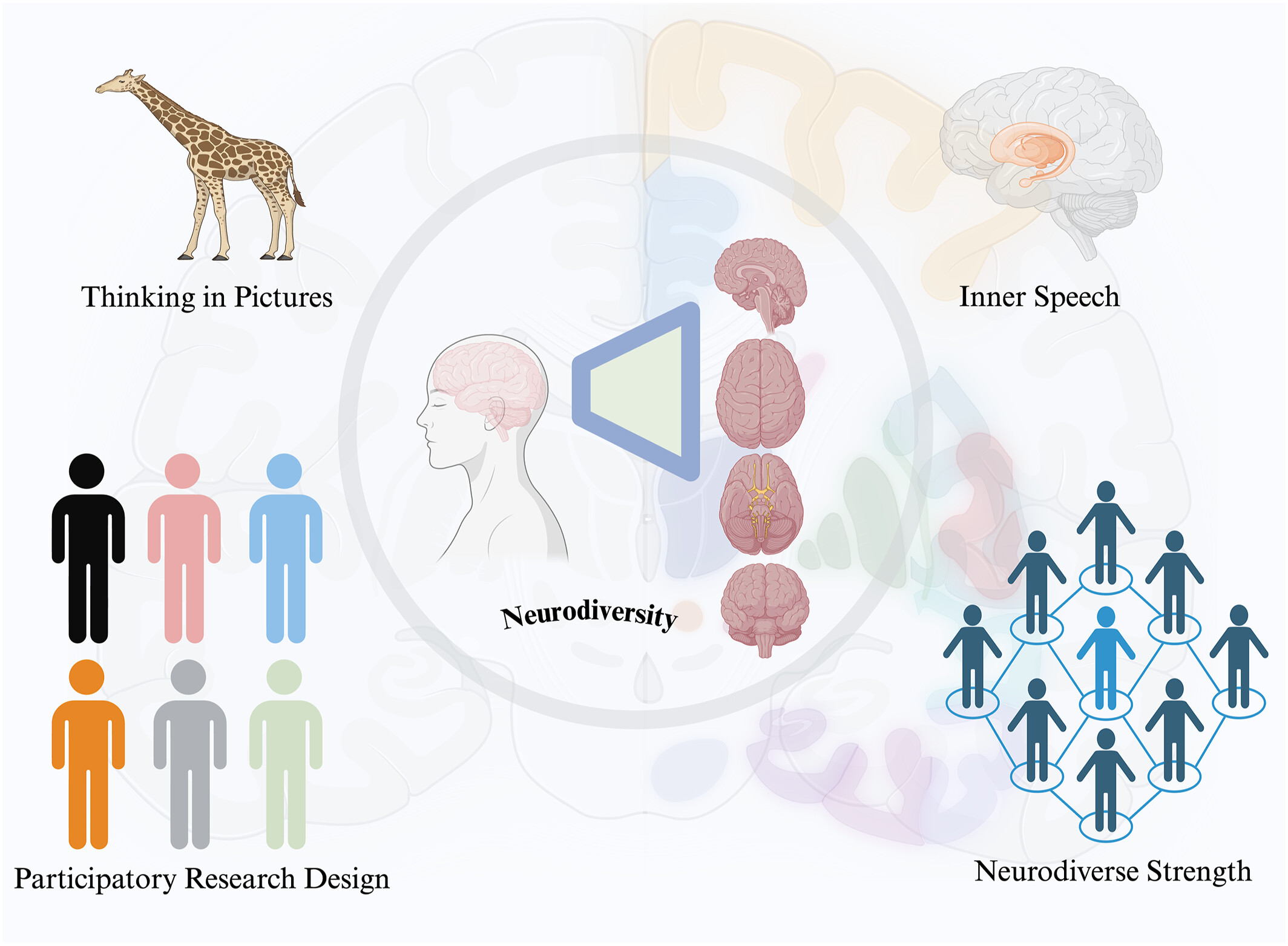
This article advocates for the neurodiversity paradigm as a crucial framework in brain and behavioral sciences, challenging the deficit-focused medical model. It emphasizes the recognition of neurocognitive variances—such as autism, ADHD, and dyslexia—as natural human diversity, urging a shift in research and practice towards valuing neurodivergent strengths and promoting inclusivity. The authors call for an integrated approach in research, policy, and societal attitudes to celebrate all forms of cognitive functioning as part of human advancement.
Advances of therapy for Alzheimer's disease: An updated review
- First Published: 15 July 2024
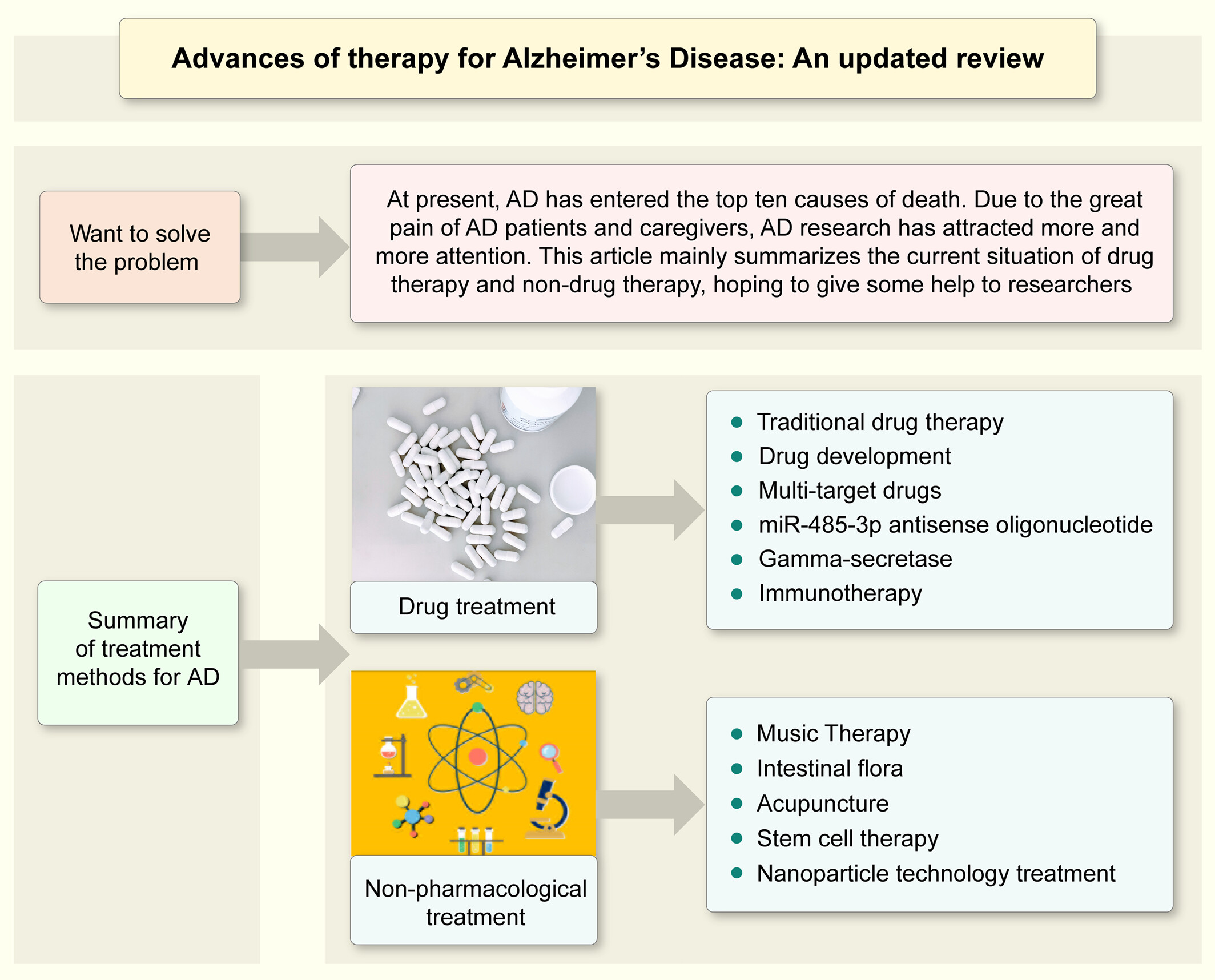
This article discusses the advancements in the treatment of Alzheimer's disease (AD) from both pharmacological and non-pharmacological perspectives. It elaborates on the advantages and disadvantages of each approach. In summary, the article documents five pharmaceutical treatment methods and five cutting-edge non-pharmacological treatment methods.
Prospects of antidiabetic drugs in the treatment of neurodegenerative disease
- First Published: 29 February 2024
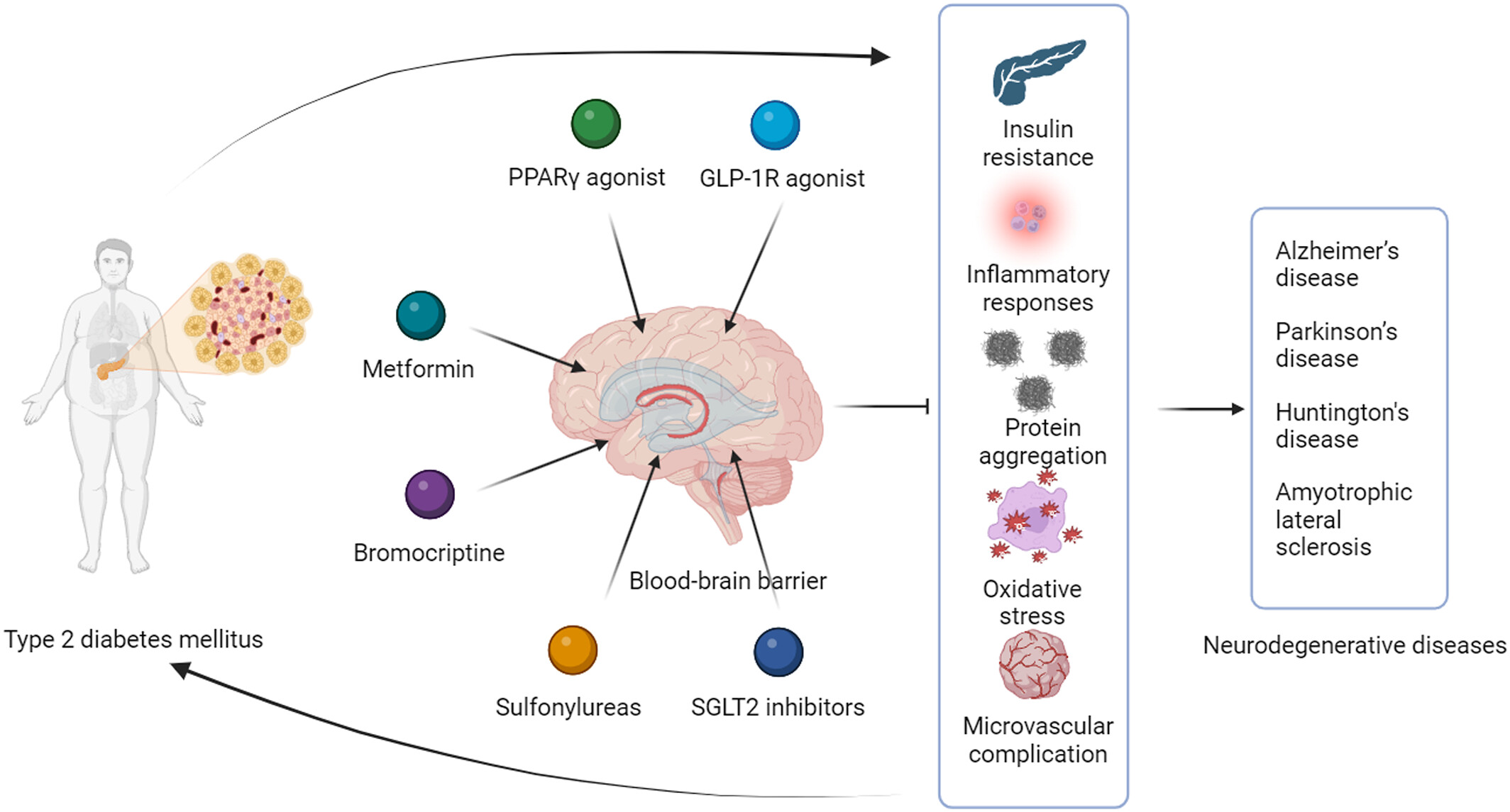
Neurodegenerative diseases (NDs) are rising globally, notably due to an aging population, and current therapeutic options are limited despite extensive research. Type 2 diabetes mellitus (T2DM) is linked to cognitive decline in NDs, and certain antidiabetic drugs, such as glucagon-like peptide-1 receptor agonists and metformin, show potential neuroprotective effects beyond their primary use. This review explores the neuroprotective capabilities of these antidiabetic drugs, investigating mechanisms such as reducing protein aggregation and oxidative stress and concludes with an overview of clinical trials evaluating these drugs for treating ND.
Research progress and applications of optoelectronic synaptic devices based on 2D materials
- First Published: 20 October 2024
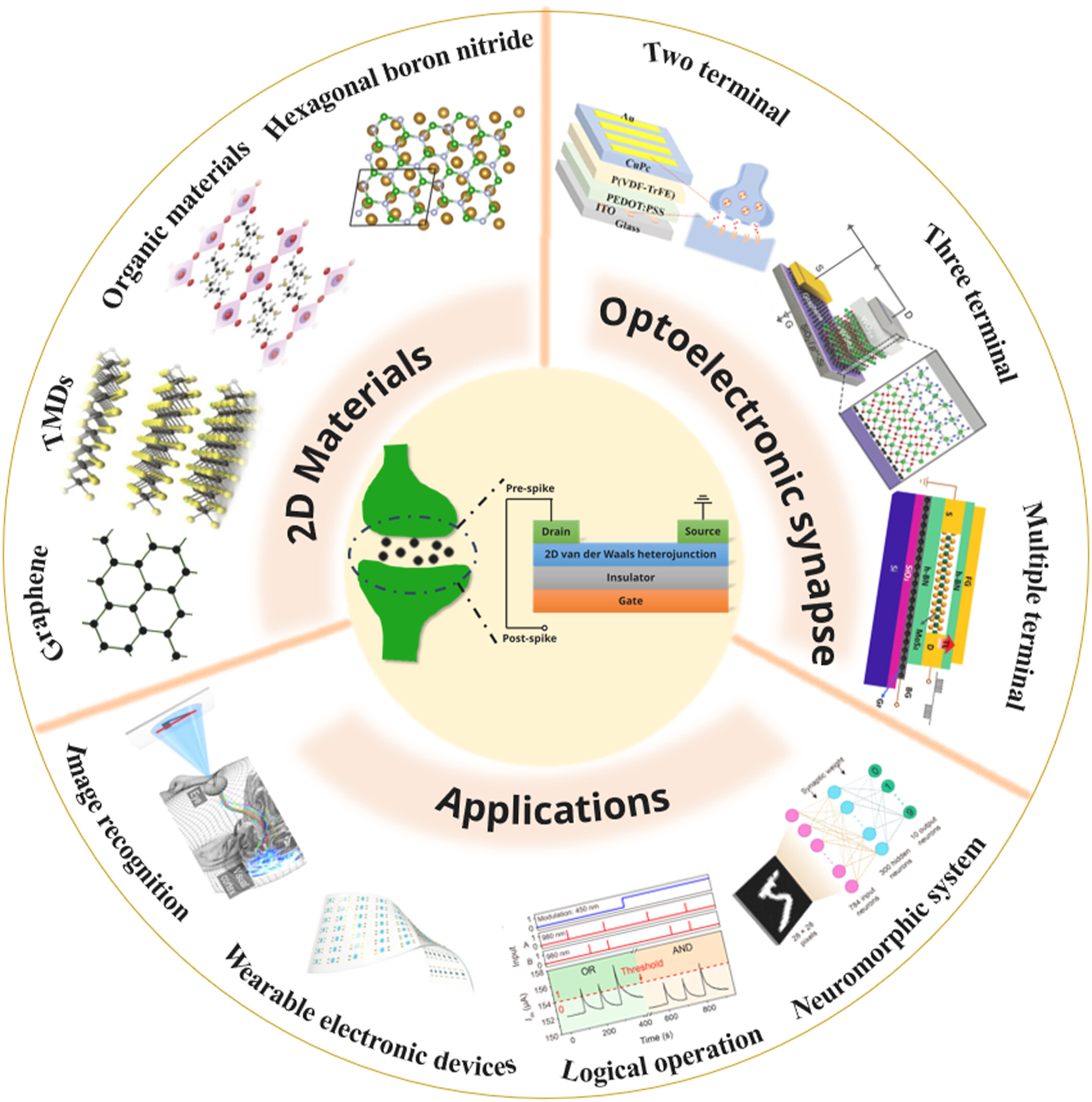
The inherent properties of two-dimensional (2D) materials make them ideal for use in artificial optoelectronic synaptic devices. This review explores synaptic devices based on 2D materials and examines their potential applications in image recognition, neuromorphic wearable electronic devices, logical operations and neuromorphic computing systems.




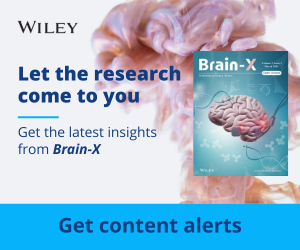
.png)
